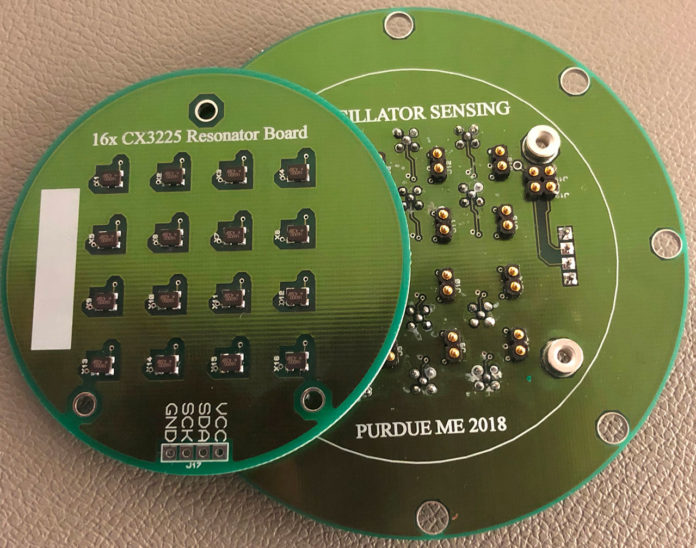Scientists at Purdue University have developed a cheap, lower-energy carbon dioxide sensor to help control and cut down on energy consumption through heating and ventilation systems. The sensor is expected to change the way energy is used to heat, cool and ventilate large buildings and eventually homes.
Jeff Rhoads, a professor of mechanical engineering at Purdue’s College of Engineering, said, “Climate control and proper ventilation are especially important because most people spend considerably more time indoors than outside. Climate control and ventilation are also huge sources of energy consumption in the United States and around the world.”
This project is supported by ARPA-E, the Advanced Research Projects Agency-Energy.
The sensor identifies carbon dioxide emission in the air by a person, or people entering and breathing inside that space.
It detects the carbon dioxide so that heating and ventilation systems can control the climate and air turnover in spaces that are occupied, instead of using energy to control empty rooms.
Rhoads, a leading sensor researcher who serves as the director of Purdue’s Ray W. Herrick Labs, said, “We leverage two technologies with our innovative device: resonant sensing and resistive sensing. We use them in combination to detect carbon dioxide. This is a great alternative to available technologies that may not reliably measure carbon dioxide while remaining competitive in cost and power consumption.”
Rhoads said, “the sensor also helps address privacy concerns about using camera technology for detecting when someone enters and leaves a room.”
